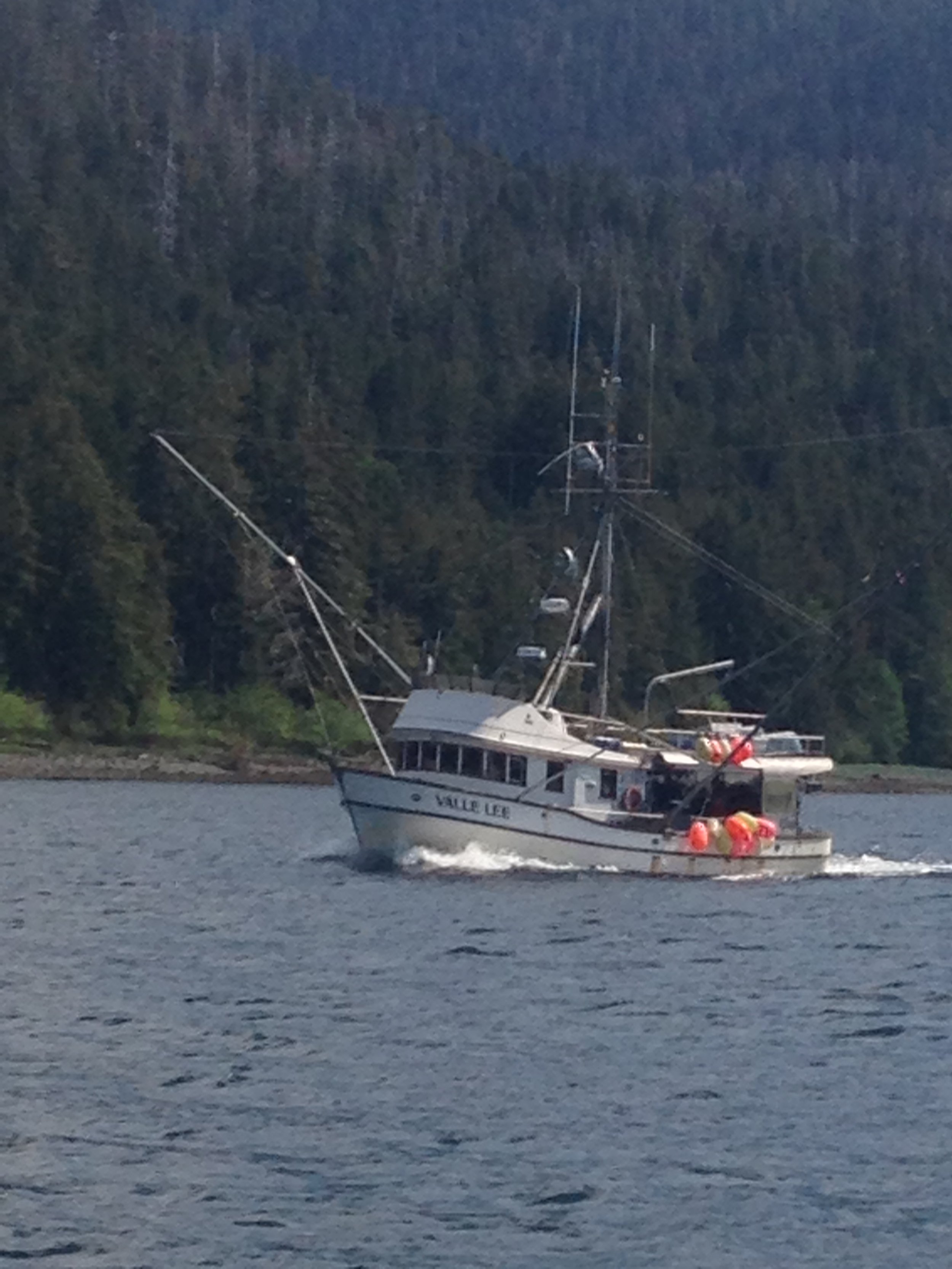Juneau Empire
May 27th, 2025
By Linda Behnken
OpEd on Juneau Empire written by ALFA Executive Director Linda Behnken.
Spring is always a busy season for Alaska’s fishermen and fishing communities. The air is full of anticipation as we prepare for the inevitable surprises that come with fishing on Alaska’s wild waters.
This season, the uncertainty has a new edge as we face global tariff wars and threatened defunding of the very programs and agencies that keep Alaska’s fishing industry safe and sustainable. Programs already cut include the National Oceanic and Atmospheric Association (NOAA) weather forecasting, Alaska’s fisheries science centers, and the National Marine Fisheries Service.
Now President Trump’s 2026 budget includes an additional 28% reduction for NOAA, all but paralyzing the agency that undertakes essential fish surveys, stock assessments, marine research and regulatory actions to keep our fisheries sustainable. The president’s budget also includes cuts to the Sea Grant program, which supports fisheries and seafood economic development, and several other key programs that sustain the Alaska Department of Fish and Game’s salmon management and restoration.
Defunding the federal and state agencies that oversee our fisheries jeopardizes Alaska’s fisheries and coastal communities at a time of rapid change in the marine environment and challenging market conditions. It also undermines the president’s very own executive order “Restoring American Seafood Competitiveness” and leads us to ask: are we willing to put our money where our mouth is?
Read full article here

